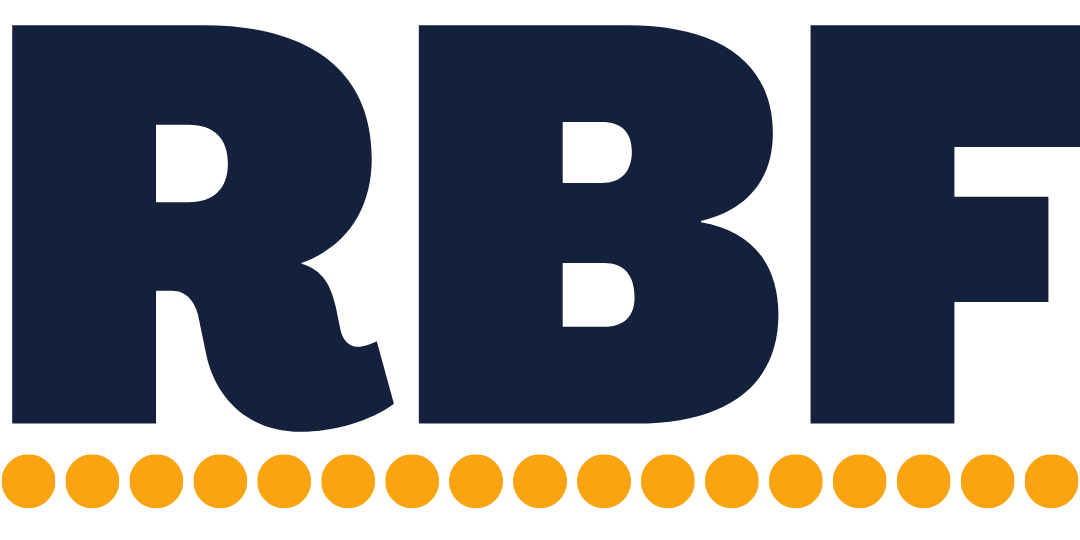Review your Profit & Loss before you forward it to your accountant this tax season
It’s no secret that I love accounting. Accurate accounting helps you make more educated business decisions, plan spending, and detect fraud. And, modern accounting software makes the entire process so much easier. It downloads transactions, suggests categorizations, and generates reports. But, accounting software can also make a lot of mistakes, especially if you blindly accept all of its suggestions.
Reconciling accounts (aka matching bank statements against accounting records) can help find errors but, it won’t catch every mistake. Bank and credit card reconciliations only verify that your cash inflows and outflows are correct. They won’t help you find miscategorized transactions or remove incorrect transactions. For that, you need to individually review every transaction.
My favorite way to review transactions is to generate a Profit & Loss (and Balance Sheet, if my client keeps an accurate one) then drill down into each line to look at what is (and isn’t) there. It isn’t an exhaustive method to find every error, but it’s a good place to start and wayyy better than not checking at all.
Common mistakes to look for:
Revenue that isn’t really revenue: Not all cash inflows are revenue. Owner’s contributions, loan proceeds, and transfers between accounts aren’t really revenue. Including them as revenue means you’ll be paying taxes on money you never earned.
Expenses that aren’t really expenses: Likewise, owner’s draws, loan principal repayments, and transfers between accounts aren’t expenses. (Loan interest payments are an expense though.) Including them may make your tax return more palatable, but they’ll turn audits into nightmares.
Equipment that should be depreciated: Not all expenses can be deducted immediately. In general, purchases that cost more than $2,500 and that you expect to use for more than a year should be depreciated instead of being lumped into Auto or Office Expenses. Some common examples include: vehicles, major equipment, and real estate. If you bought any of those last year, let your accountant know and they’ll figure the depreciation for you.
Subscriptions without enough transactions: If you pay for software each month, then there should presumably be 12 months worth of transactions (unless you paid annually or subscribed midyear). Count your subscription transactions to make sure there are 12 transactions per subscription. You can also review your rent, utilities, and mortgage like this.
Missing expenses: Looking for missing expenses is just as important as looking for incorrect ones. But, it takes a strong knowledge of your business’s finances to find them. While reviewing, keep asking yourself, “what did I spend money on that isn’t on this report?” or “what did I accidentally charge to my personal account?”
💪 What we do at Resting Business Face 😤
🚀 Finance Partner: Forecast the next 12+ months, improve your cash flow, and work closely with yours truly.
🤓 Hands-off Consulting: Annual forecasting and quarterly calls when you need just a touch of guidance.
🏛️ Tax Essentials: Taxes, accounting, and payroll to keep your business on the IRS's good side.
